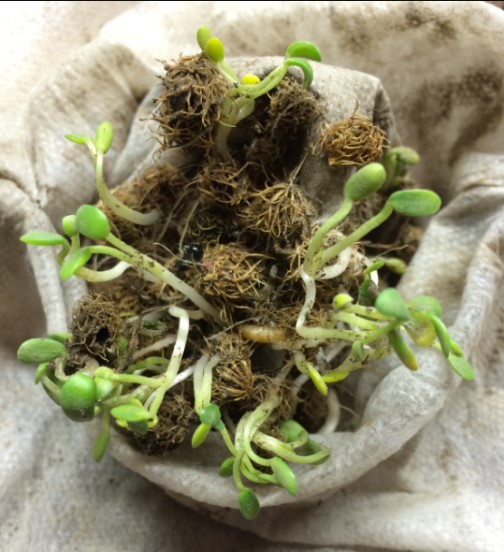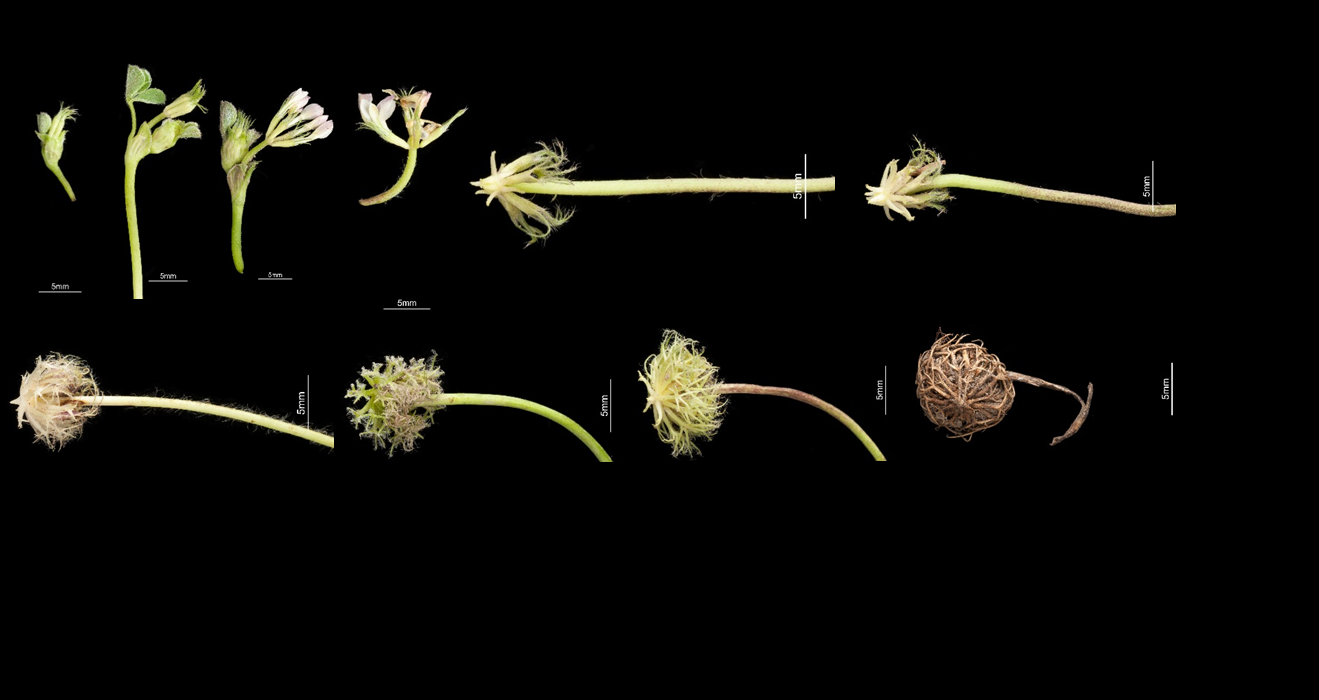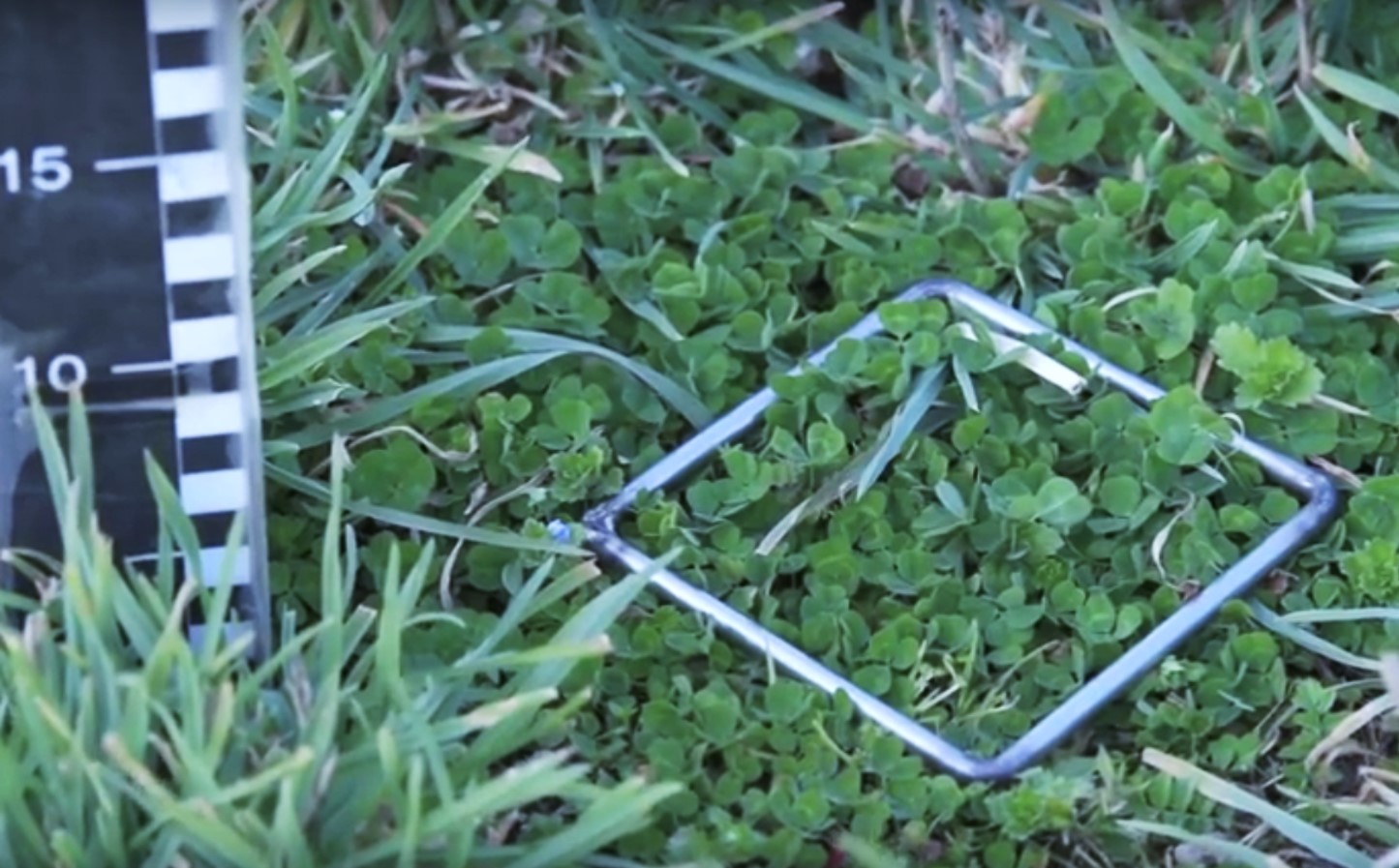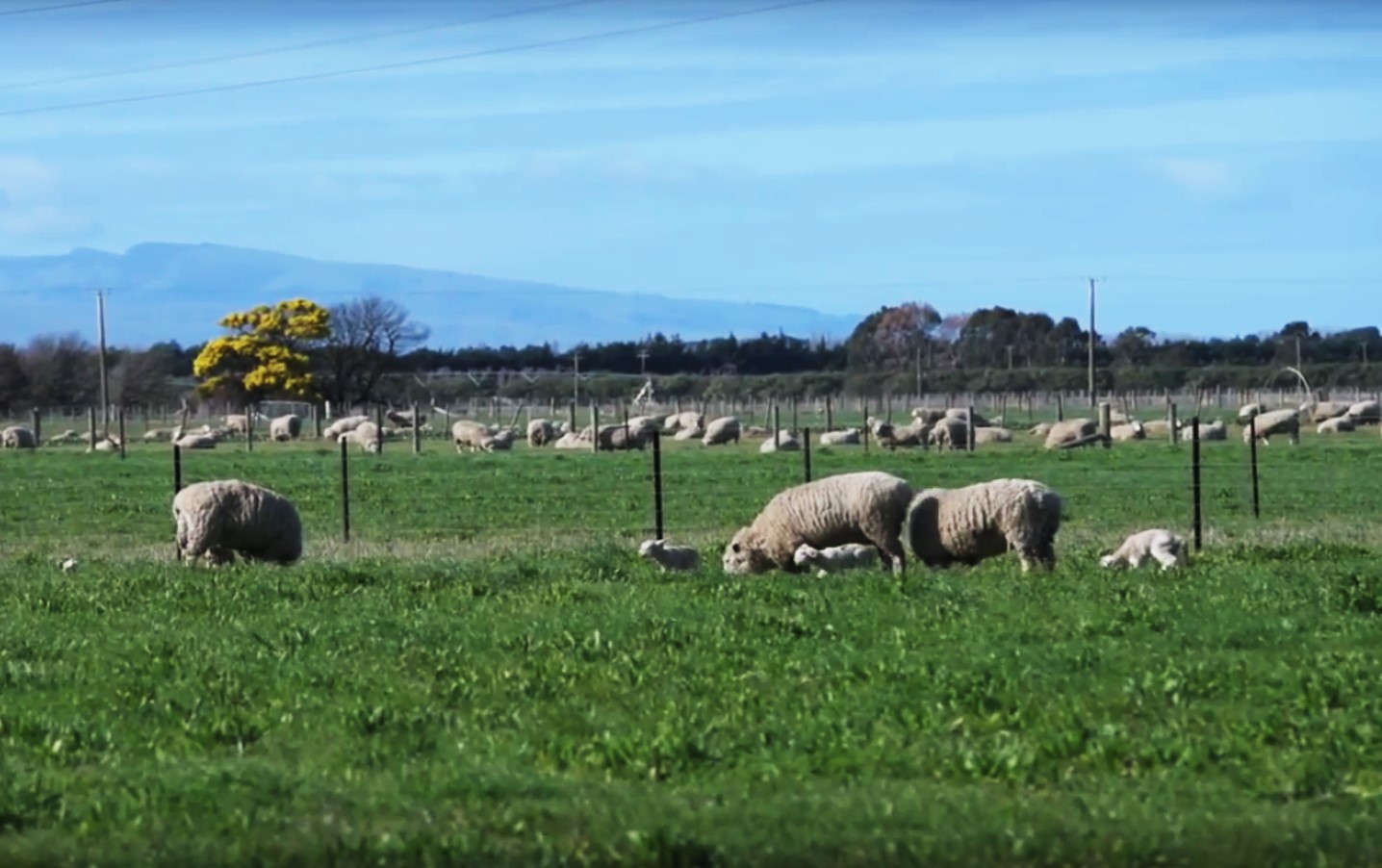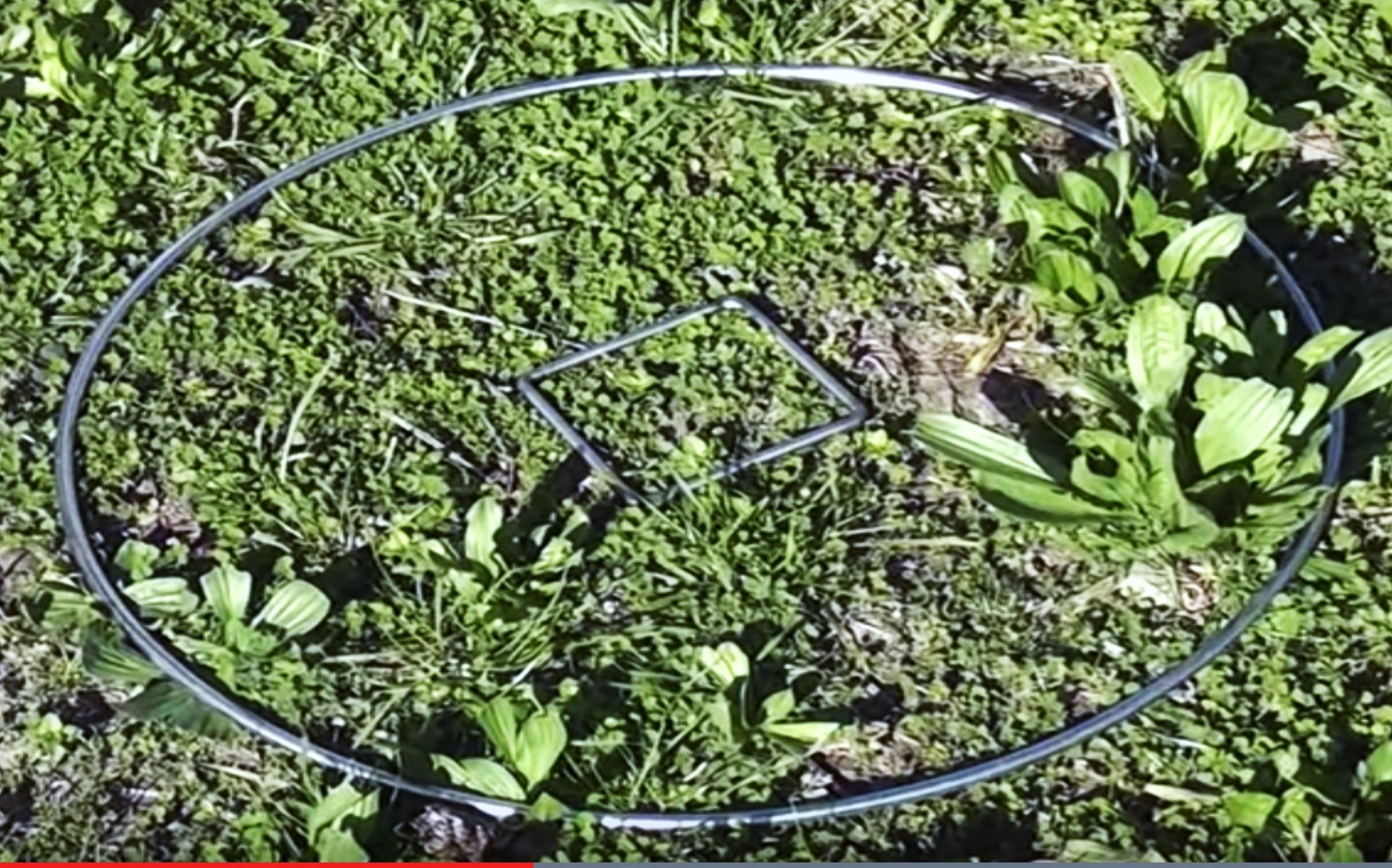Sub4Spring: finally, it’s spring!
Posted prepared by: Dryland Pastures Research Team – C. Teixeira; R. Lucas, S. Olykan, A. Mills and Prof. Derrick Moot Spring is the most important period for most pastoral farms in New Zealand. It brings lambing, calving, milking, and rapid changes in plant growth rates. The increase in air and soil temperatures and day length, during … Read more


